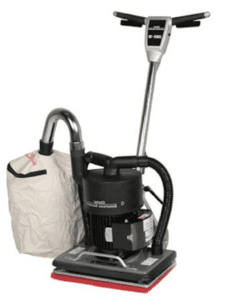Keeping Outdoor Wood in Great Condition
When it comes to keeping a deck in top condition, it’s really a matter of two simple things: cleaning and sealing. Choose a good quality sealer, preferably one with a UV filter. Water should bead up on a well-sealed wood deck in much the same ways as it does on a waxed car finish. If you don’t see the beading, chances are, it’s time for another coat. Sealer can be applied with a brush, sprayer or roller, or another option that some prefer is a large painting pad attached to a long handle. The bristles on the pad work the sealer well into the wood’s surface. Without this nominal bit of attention, though, wood decks can develop splinters.
How Do You Deal with Splinters?
If wood splintering is minor and confined to small areas, then an orbital palm sander is probably your best bet. Use 80-grit sandpaper and move the sander back and forth in the direction of the grain. The idea here is to remove any sharp or protruding pieces of wood and blend the sanded area into the surrounding surface. If you’re working on hand rails, you may want to follow the 80-grit sanding with one using 100-grit paper. If splintering covers a larger area, you may want to try using a cup brush. This tool is usually fitted on a rotary disc grinder and features heavy bristles that are covered with an abrasive grit.
Even if a large portion of the deck needs attention, it’s still less expensive to refinish than replace a wood deck. And, the beauty of wood is that proper cleaning and refinishing makes it look like new. A rented floor sander may be the best tool for the job and they can be rented at most home improvement centers. Be sure to look for orbital sanders, not a drum sander, and you can try using 40-grit or 60-grit sandpaper.
Before doing any kind of sanding, set the nail heads well below the surface so a sander doesn’t hit it and remove the nail’s rust-preventing coating (which can lead to staining). The same applies to screw heads which need to be driven in, so they are lower than the face of the planks. Wood decks are the real thing – warm, inviting, natural. While splintering can happen, it’s fixable and, best of all, preventable.

Orbital Palm Sander

Orbital Floor Sander






